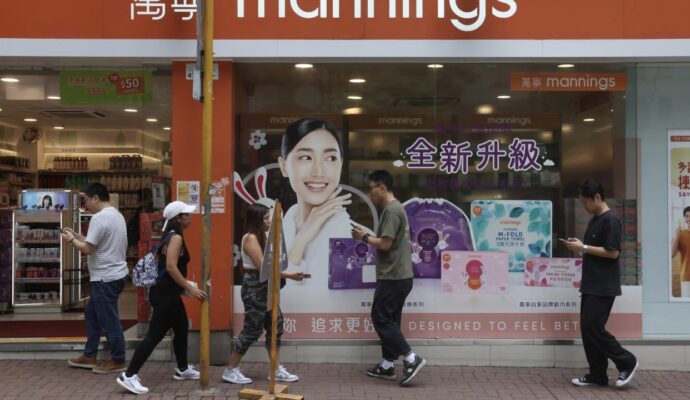The plan was published on the website of the State Council, China’s cabinet, on Friday night but was dated Wednesday.
Other measures include encouraging local governments to integrate tourism with cultural events such as art performances, sports events and exhibitions, as well as improving management of tourist resorts and launching promotions to boost holiday consumption.
Chinese travel industry feels the pain as tourists are slow to return
Chinese travel industry feels the pain as tourists are slow to return
The plan also promises to make visa application processing more efficient, restore visa-free policies, leverage port visas – those applied for and granted at the border – and to allow exemptions for transit and regional entry visas.
It calls for researching and increasing the number of visa-exempt countries and expanding international air travel by adding more routes, especially to countries that are primary sources of tourists.
Other initiatives include making it easier for foreign visitors to use their foreign bank cards and other digital payments and simplifying the currency exchange process, according to the plan.
It calls for public spaces to post signs in multiple languages and for more convenient sightseeing and transit ticket booking and hotel check-in processes for foreigners.
The document also urges enhanced tax-rebate services, such as expanding the scope of the tax refund policy for international travellers.
China has been trying to lure international travellers to reinvigorate its sluggish economy following nearly three years of pandemic isolation and sealed borders.
Despite the border reopening earlier this year, few foreign travellers have returned, and the complicated visa process, lack of flights and puzzling digital payment systems mostly designed for Chinese users have posed significant hurdles.
South Korea, Russia, Japan, the US and Australia were among the biggest sources of foreign tourists for China in 2019, according to data from the Chinese Ministry of Commerce.
There are 18 countries that have mutual visa exemptions with China for ordinary passport holders, according to the Chinese foreign ministry. Most of them are developing countries.
The recovery in China’s tourism sector has been slow, with the number of international travellers dropping 70 per cent in the first half of this year compared to 2019 levels, according to Chinese immigration data.



